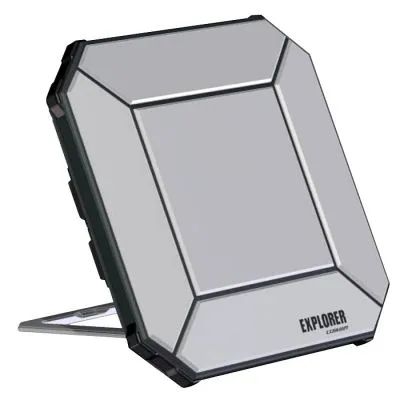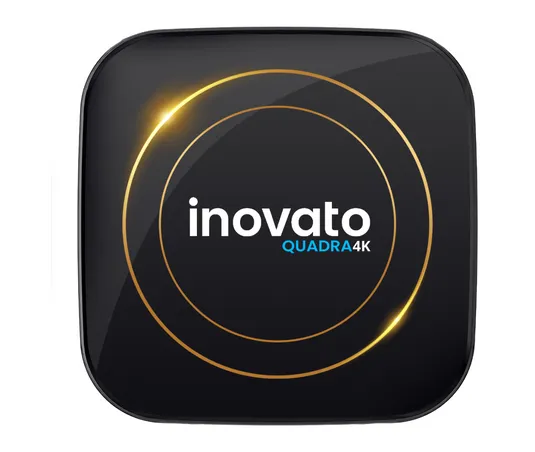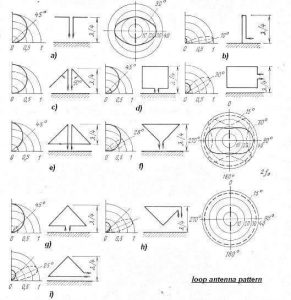amateur radio
ethical hacking
flipper zero
ham radio
radio amatur
315mhz remote malaysia, 433mhz remote malaysia, flipper zero, flipper zero blog, flipper zero features, flipper zero fixed code, flipper zero for beginners, flipper zero malaysia, flipper zero review, flipper zero rolling code, flipper zero sub ghz, flipper zero tutorial, radio frequency tools, rf hacking malaysia, rf security malaysia, sub ghz malaysia, sub ghz remotes, what is sub ghz, wireless security malaysia
9M2PJU
0 Comments
Flipper Zero & Sub-GHz: What You Need to Know
If you’ve spent any time browsing tech TikTok or security forums, you’ve probably seen a small, cute device with a dolphin on the screen called Flipper Zero. Despite its toy-like look, it’s a powerful multi-tool for learning about wireless security, RFID systems, and radio communication. One of its most popular features is the Sub-GHz radio module — a part of the device that opens the door to exploring low-frequency wireless signals used by everyday gadgets.
In this post, we’ll break down what Sub-GHz is, what Flipper Zero can really do, and what to expect if you’re using it in Malaysia.
What Exactly Is Sub-GHz?
Sub-GHz simply means any radio frequency below 1 GHz (1000 MHz).
These frequencies are widely used by consumer devices because they:
- Travel farther with less power
- Penetrate walls better than WiFi
- Are cheap and efficient for manufacturers
Some common Sub-GHz frequencies include:
- 315 MHz – used by some car remotes and older gate systems
- 433 MHz – widely used in Malaysia for home remotes, IoT devices, alarm sensors
- 868 MHz – used in Europe for long-range IoT
- 915 MHz – used in the US for LoRa and other long-range applications
If you’ve ever pressed a car key fob, opened a gate, or triggered a wireless doorbell, you’ve already used Sub-GHz.
Flipper Zero & Sub-GHz: What It Actually Does
Flipper Zero includes a built-in Sub-GHz transceiver capable of both receiving and transmitting signals in the 300–928 MHz range. This allows the device to:
✔ Read (Receive) Signals
It can detect and analyze radio signals from remotes and sensors.
✔ Transmit (Send) Signals
For supported frequencies, Flipper can replay certain types of signals.
✔ Clone Simple Fixed-Code Remotes
Older remotes and low-cost RF switches use simple “fixed codes” — these can often be captured and emulated.
✔ Replay Saved Signals
Useful for testing your own home gadgets or learning how RF systems work.
✔ Learn RF Protocols
Flipper displays frequency, modulation, and protocol info, helping beginners understand how radio communication works.
What Flipper Zero Cannot Do
There’s a lot of hype online, but it’s important to stay realistic:
❌ It cannot open modern cars
Most car key fobs use secure rolling-code systems. Flipper cannot crack or replay these codes.
❌ It cannot bypass encrypted gate remotes
Newer autogates also use rolling or hopping codes.
❌ It cannot jam signals
The hardware is too weak, and intentional jamming is illegal.
❌ It cannot brute-force security systems
Sub-GHz regulations limit power output, making brute-forcing impractical.
Despite these limits, Flipper is still an excellent tool for learning RF security.
Is It Legal in Malaysia?
Yes — owning a Flipper Zero is legal.
But its usage falls under MCMC/SKMM guidelines.
Allowed:
- Scanning and testing your own devices
- Learning radio communication
- Using 433 MHz for low-power gadgets
- Capturing signals from your own gate or switches
Not Allowed:
- Interfering with others’ devices
- Attempting to open someone else’s car or gate
- Broadcasting on restricted frequencies
- Jamming or brute-force attempts
As long as you stick to your own equipment, you’re safe.
Common Malaysian Sub-GHz Devices Flipper Can Interact With
Here’s what you’ll commonly find in Malaysia:
- Home autogate remotes (315/433 MHz)
- Cheap RF smart plugs
- Wireless alarm sensors
- 433 MHz plug-and-play switches
- Simple doorbells
- Older, non-rolling-code car remotes
A lot of inexpensive devices use ASK/OOK modulation — these are easily read by Flipper.
Is Flipper Zero Worth It for Sub-GHz?
If you’re a tech hobbyist, RF learner, security researcher, maker, or someone who loves experimenting with gadgets — absolutely. The Sub-GHz feature alone is like having a portable RF lab in your pocket.
But if you expect it to be a Hollywood hacking tool, you’ll be disappointed.
Final Thoughts
Flipper Zero’s Sub-GHz capabilities make radio technology accessible to everyone. Whether you want to test your home devices, learn about wireless systems, or explore the world of low-frequency RF, it’s an amazing little tool — as long as you use it responsibly.







Post Comment